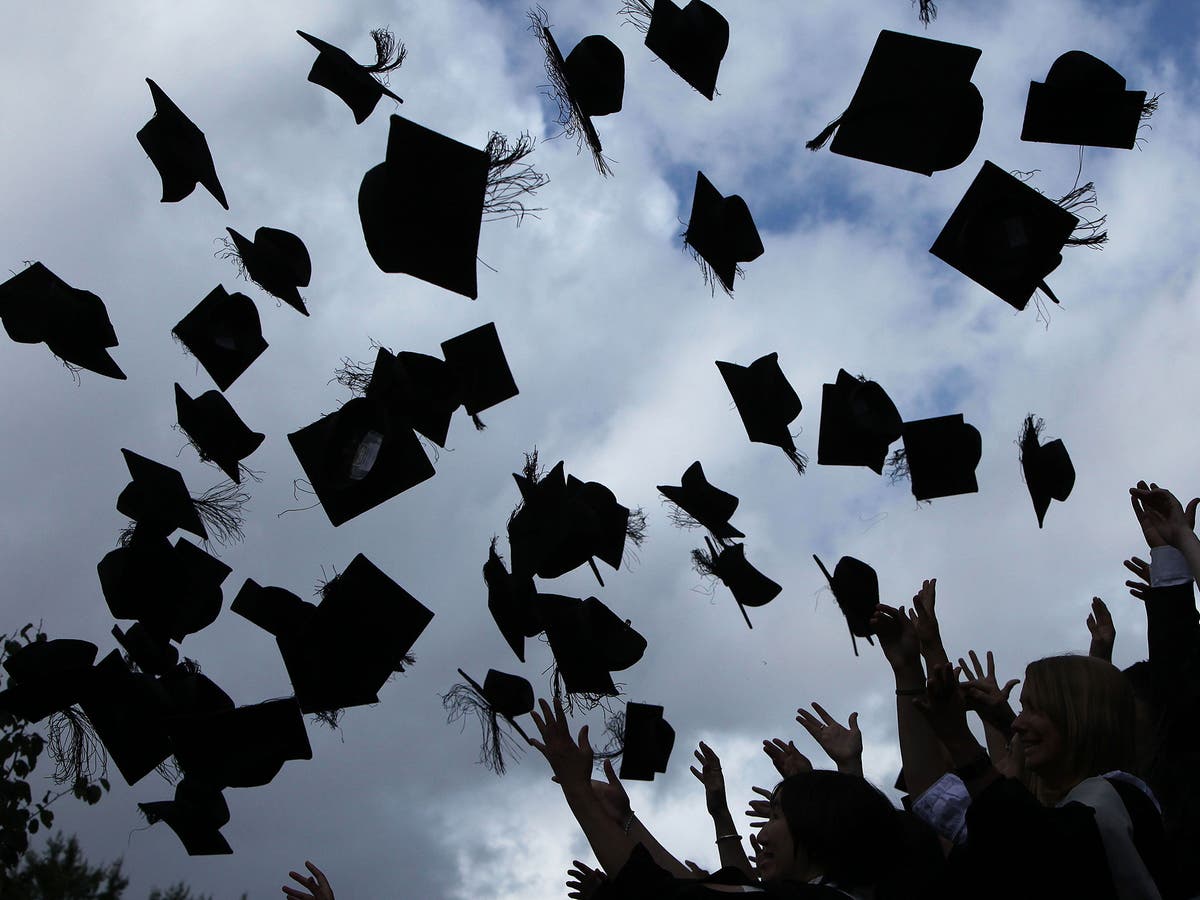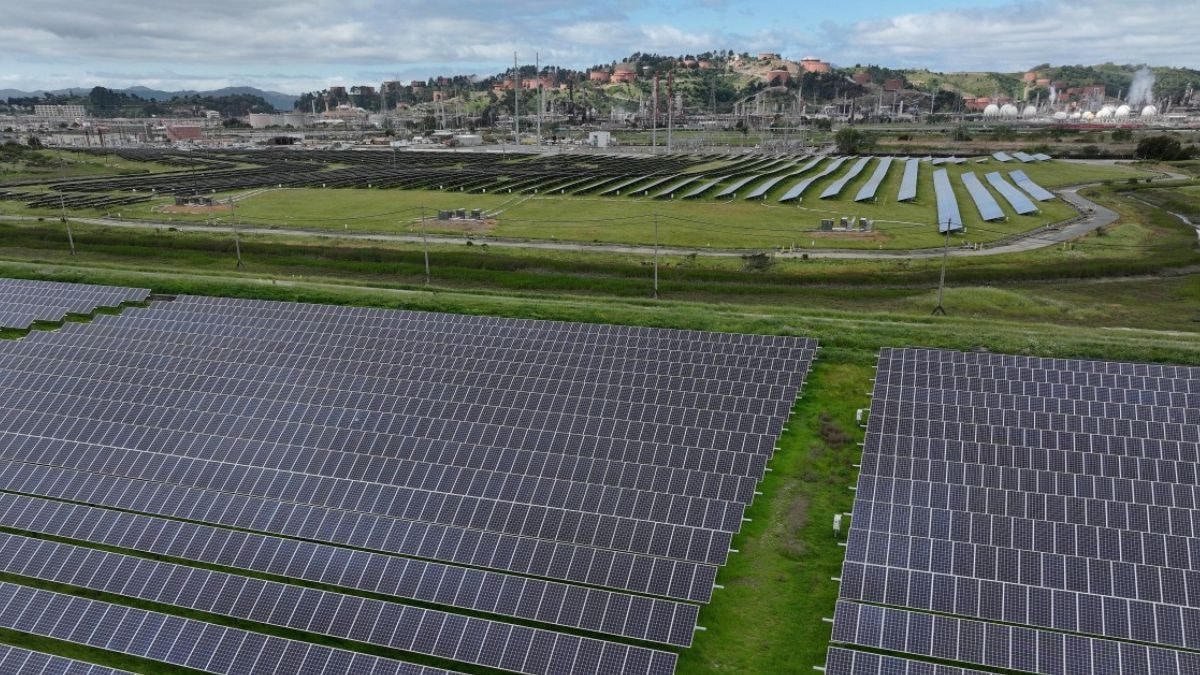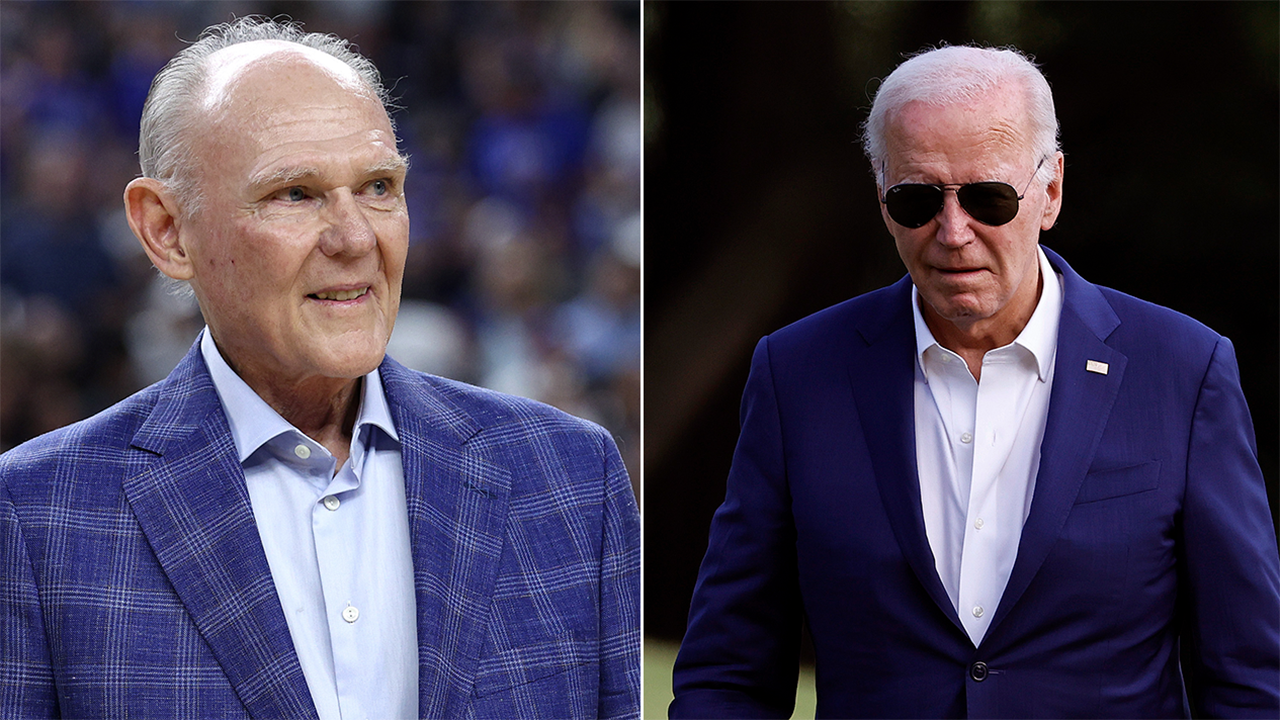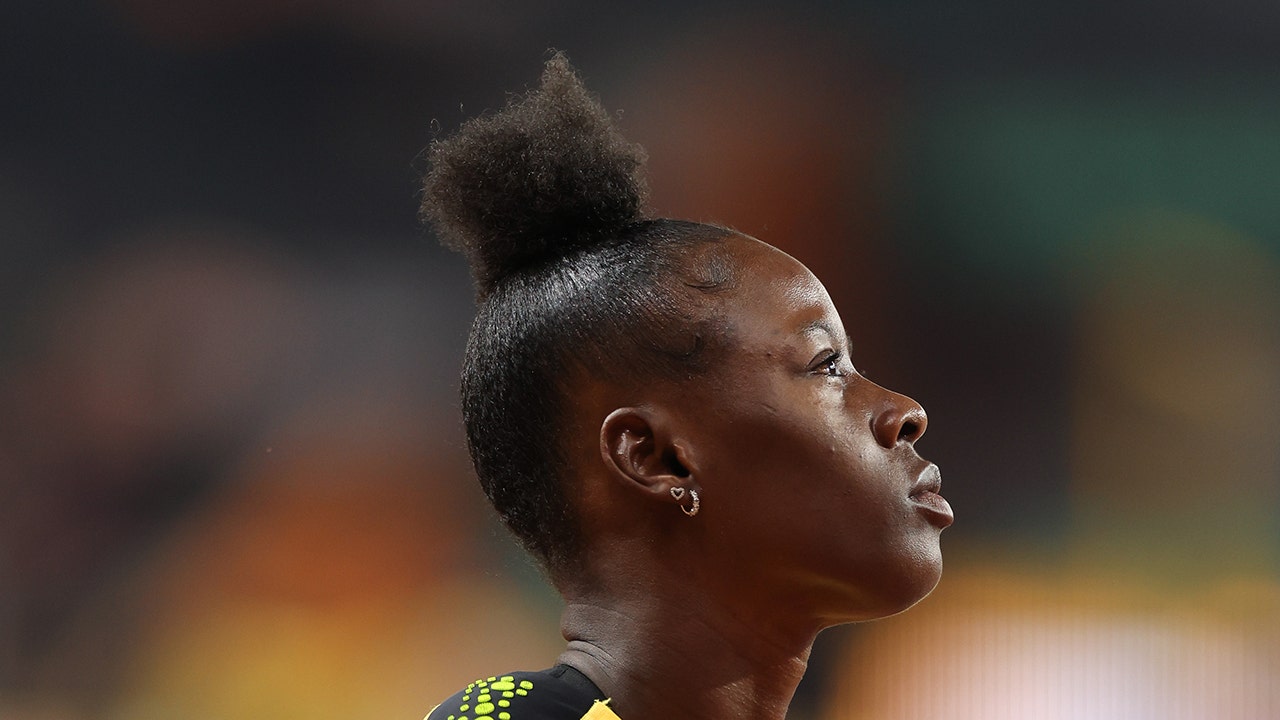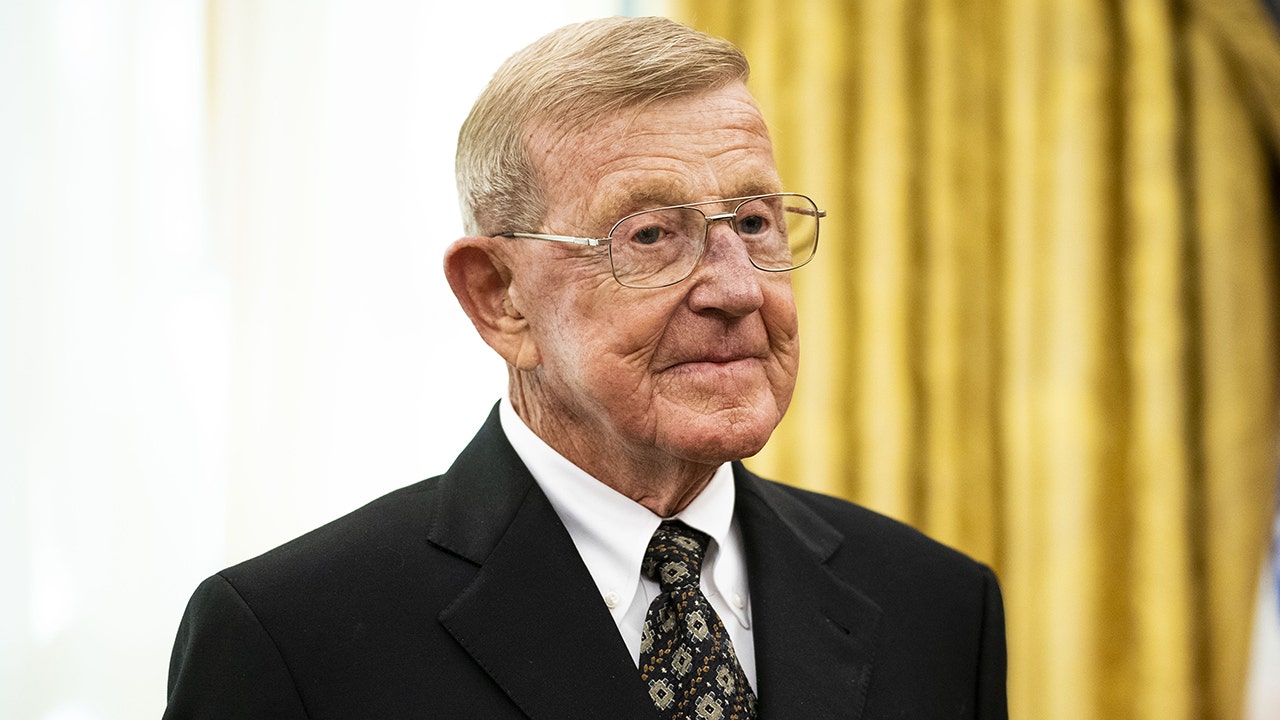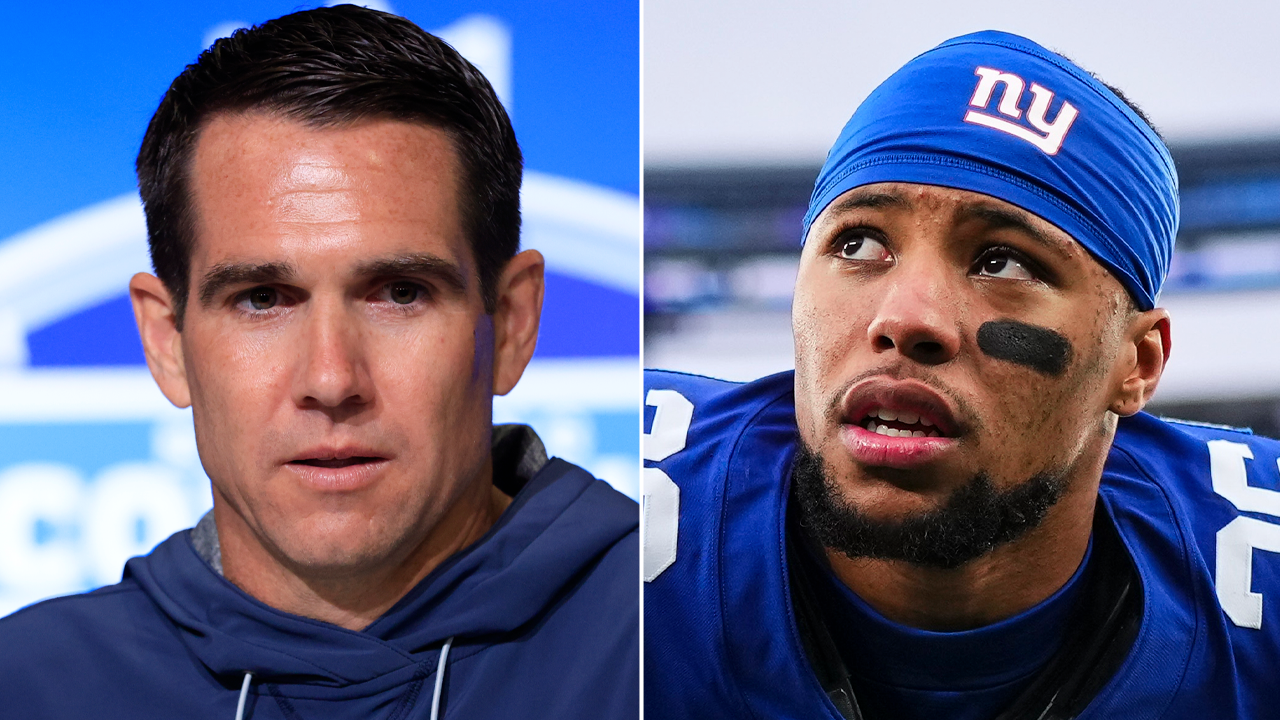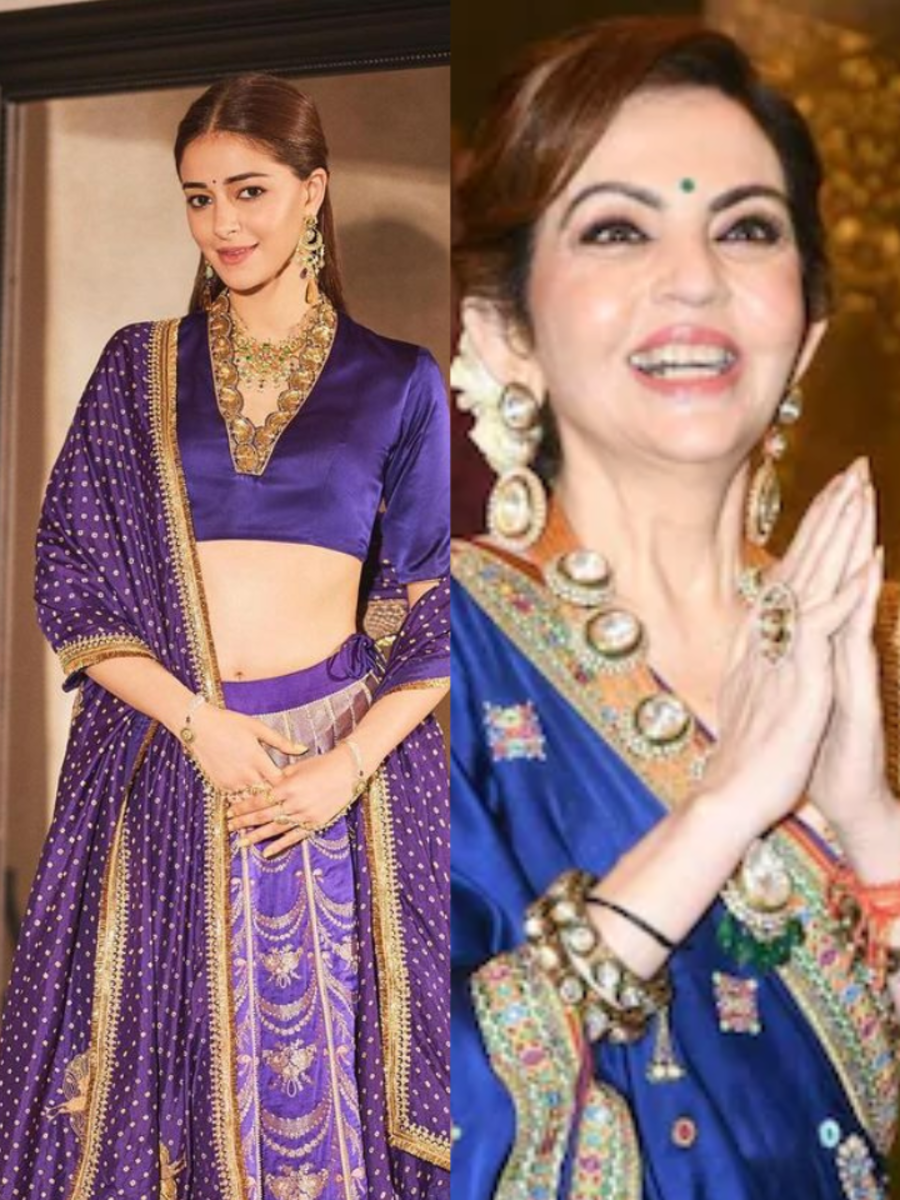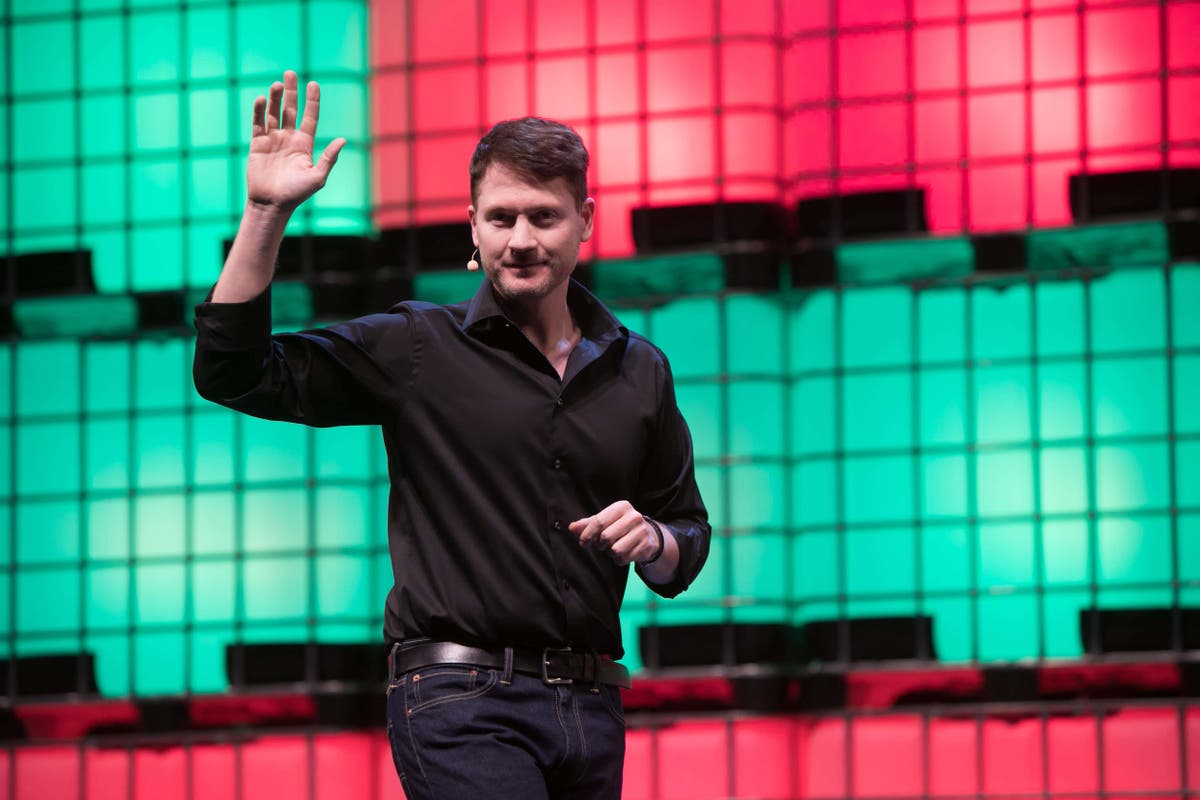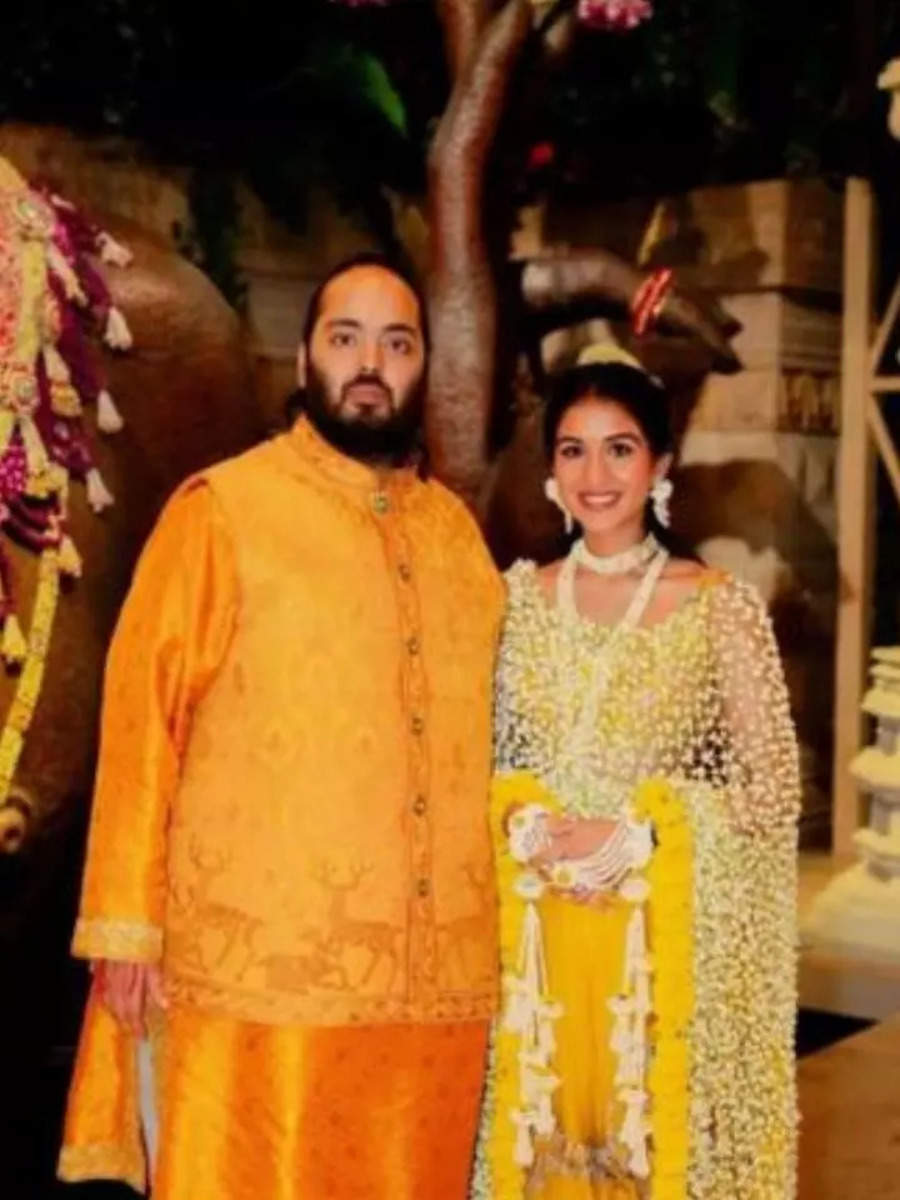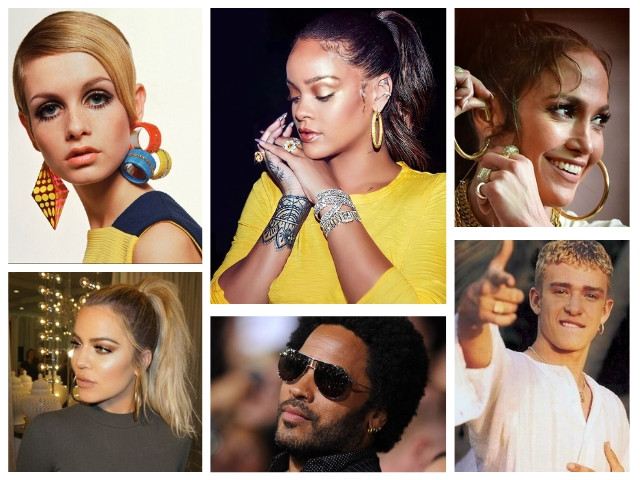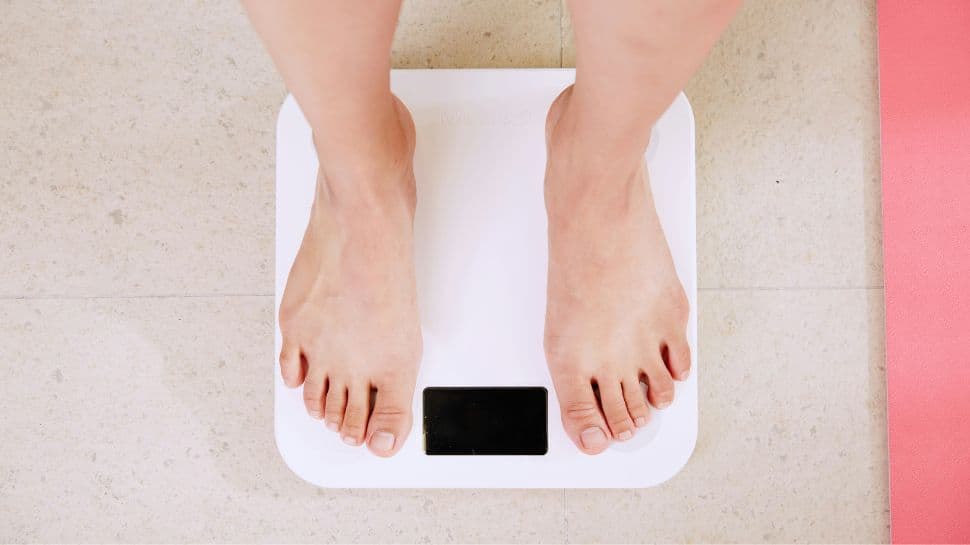SEOUL — The artist Suh Seung-Won may be the embodiment of the tumultuous history of South Korea and the youthfulness that seems to dominate this country and its ever-present K-pop stars.
At age 82, with a sparkle in his eye that people half his age would envy, he is an artist rooted in history, but with an eye squarely on the future.
On a recent spring day, with the cherry blossoms dotting the hills around the PKM Gallery in the affluent Samcheong-dong neighborhood here, he spoke with an infectious enthusiasm about his journey as an artist immersed for decades in the country’s Dansaekhwa movement, known for its monochrome abstract paintings.
But his works have had a consistent theme and focus, one that the gallery has supported for decades and will share at TEFAF New York, in Mr. Suh’s debut at the fair.
PKM will also take nine works from three other Dansaekhwa artists: Yun Hyong-keun (1928-2007), known for his bold use of umber and blue to paint earth and sky; Yoo Youngkuk (1916-2002), who painted nature with geometric forms and brash colors and whose work will be staged this fall at Pace Gallery in New York in the first solo exhibition of his work outside of South Korea; and Chung Chang-Sup (1927-2011), also known for depicting nature, particularly in his seminal “Meditation” series.
“We consider these artists to have an essential legacy in the Korean modern painting, and that’s what we want to show,” said Kyung-mee Park, 65, the founder and president of PKM Gallery. “It feels natural to bond these four artists together in this show. PKM is representing the estates of the three deceased artists and introducing Suh Seung-Won as their successor.”
Mr. Suh will also be part of a major show starting Sept. 1 at the Guggenheim Museum in New York, “Only the Young: Experimental Art in Korea, 1960s-1970s” (through Jan. 7). The show’s title seems fitting for an artist who, after more than 60 years as an artist, paints almost every day with no plans of slowing down. He will be represented at TEFAF with two paintings and one large print, all more than 50 years old.
“There is no retirement in art,” he said with a laugh. “I will work until I die.”
That focus is deeply connected to the South Korea of his youth — a time of isolation and military dictatorship before the economic miracle that has defined this country since the Korean War. Along with his three contemporaries from the TEFAF show, he pioneered modern art that defied the principles he learned in the waning years of Japanese occupation that ended in 1945.
“The artists in my generation experimented in a very barren environment, because the art we were taught was based on the education Koreans received during the Japanese colonial period, which was dominated by realism,” Mr. Suh said through an interpreter. “But the outside world was changing, and we knew we could do more innovative work like in the West. When everyone was creating flower paintings, I was a crazy person creating abstract artworks.”
Those abstract paintings have a stillness that draws the viewer in with an almost meditative quality, often with soft colors and a three-dimensional look. With his signature layered brush strokes, edges blur and meld into each other. He refers to his entire body of work as simultaneity, the concept of simultaneous images blended to create a softly discordant experience for the viewer.
“I have been creating my Dansaekhwa pieces since the 1970s, and the works that I’m presenting at TEFAF are something that in many ways has not been seen much in the West,” Mr. Suh said. “These works show a kind of Korean originality and the aesthetics of emptiness.”
Like the other artists in the TEFAF show, he experienced enormous upheaval as South Korea witnessed decades of authoritarian rule. Mr. Suh attended art school in the early 1960s after the revolution that helped bring down South Korea’s first president, Syngman Rhee.
“Our country was suffering economically, so much so that it was even difficult to get materials to create paintings,” Mr. Suh explained. “But the other artists and I overcame our difficulties, and we constantly challenged ourselves to create our works. We did not compromise.”
That spirit is at the core of what PKM Gallery hopes to reveal to fairgoers. For Ms. Park, it is a culmination of her vision for PKM, which she opened in 2001 after working for different galleries and as a curator over the years. She has always championed the works of South Korea’s lesser-known artists.
“I started my career as a curator, but the immediate market gains were not my concern,” she said. “I was working with artists with a pioneering spirit.”
That spirit led her to promote the works of several deceased South Korean artists. Appreciation — and demand — for their work has grown in the last decade or so, she said, as a global fascination with South Korean art and artists has taken hold.
“While I work with young artists, in recent years I have been expanding my gallery business into managing the estates of late artists for the sake of the sustainability of the Korean art scene,” she said. “My experience has given me a certain sense of responsibility and obligation to these older artists.”
Younger South Korean collectors have started to collect art from the Dansaekhwa and avant-garde movements, she said, with an appreciation of the artistic history of their country that hasn’t always been obvious to younger generations.
“The fine arts scene has developed more slowly than other scenes in South Korea, so maybe it is finally having its moment,” Ms. Park said. “Among the galleries and dealers in previous generations, once the artists died, that was it.”
“But,” she added, “we believe that life is short, but that art goes on forever.”






